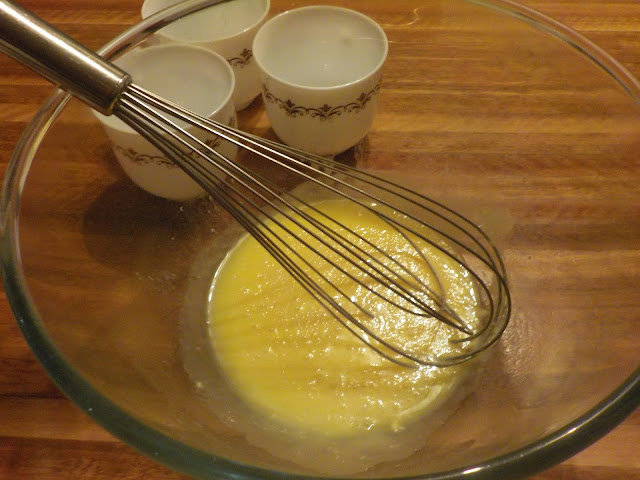Laying down mulch over the soil in a garden has many benefits but it can be quite expensive if you have to buy it in regularly to cover a large area. The solution to cutting down that expense is to grow some of your own mulches.
Sugar cane mulch helps to protect the soil around seedlings like this little lettuce.
At our place, we have regularly used (and had to buy) sugar cane and lucerne mulches for our garden beds and veggie patch plus a coarser bark for laying down around native plants. We are hoping to cut down on how much of this mulch we need to buy, especially for the garden beds where shrubs and flowers are the predominate plantings. We are going to grow and make some of our own mulch instead!
The long, dry leaves of lemongrass laid around the base of a native raspberry plant.
I learnt a lot more about plants that I can grow for mulches at the Introduction to Permaculture course I completed in at the City Farm recently. Our teacher for this course, Morag Gamble, has this great list of plants you can grow as/for mulch over on her blog, Our Permaculture Life. At our place, in our suburban garden, we've chosen to plant more lemongrass and to start growing Canna Lily (Queensland Arrowroot variety) to increase the amount of our own mulch available for use in our garden.
One of many newly planted lemongrasses in our garden.
Lemongrass and Canna Lily grow quite abundantly in our climate so they are very suitable as "chop and drop" mulches, where you simply cut back the plants and let the leaves/stems fall to cover the soil.
A new Canna Lily leaf emerges just weeks after planting divided rhizomes.
We also have an abundance of prunings, from the shrubs that grow well in our garden, at various times of the year. To make better use of these for mulch, we decided to invest in a little mulching machine. We used some gift cards we had been given by family last Christmas to put towards the cost of our new mulcher.
Our new mulching machine.
By growing more plants for mulches and by putting suitable garden clippings through our little mulcher, we should save some money and also make better use of the organic material our own garden supplies us with.
Do you grow plants for mulch in your garden?
Meg




















































